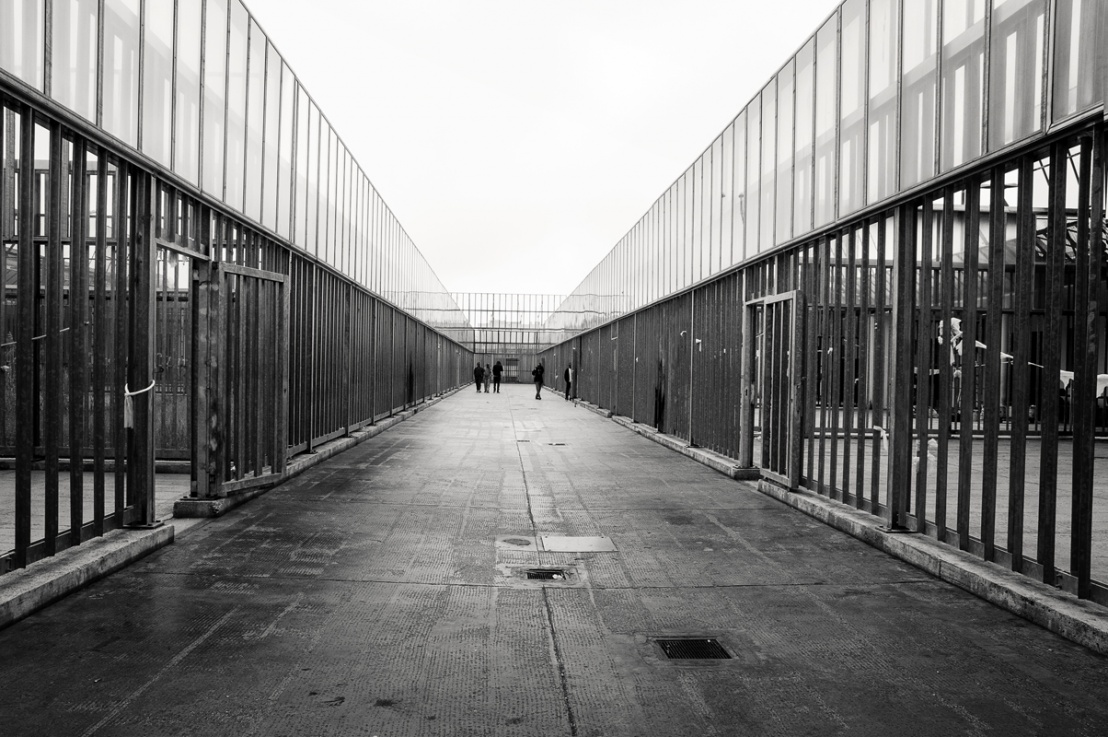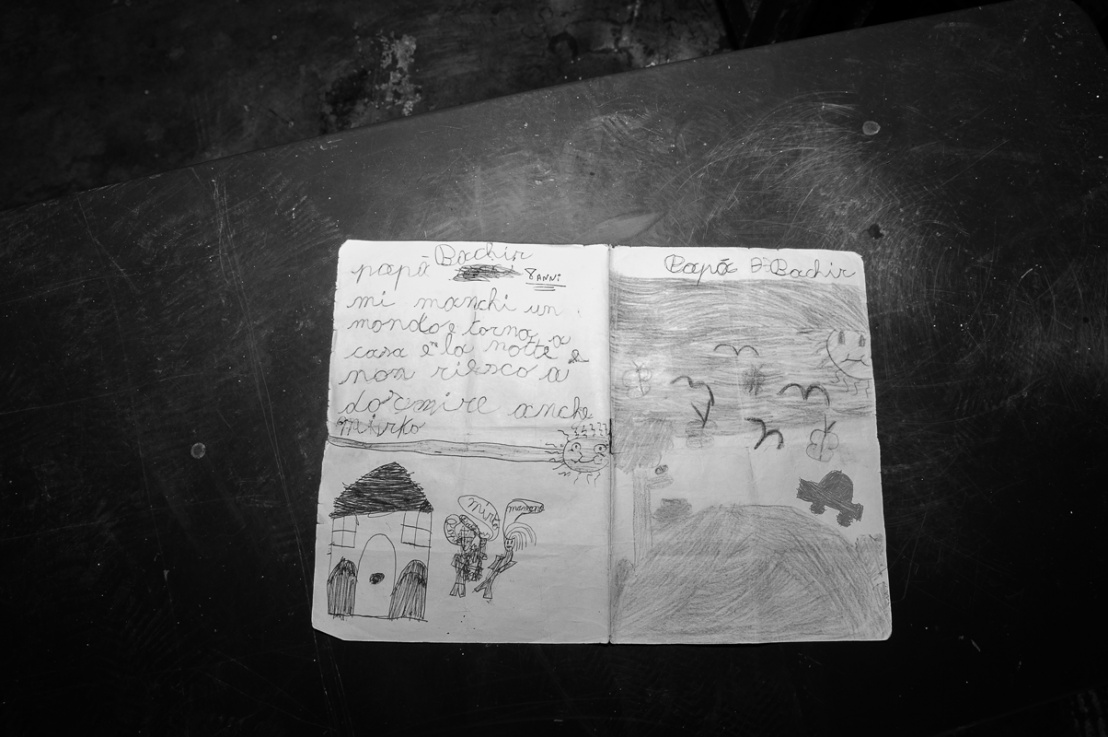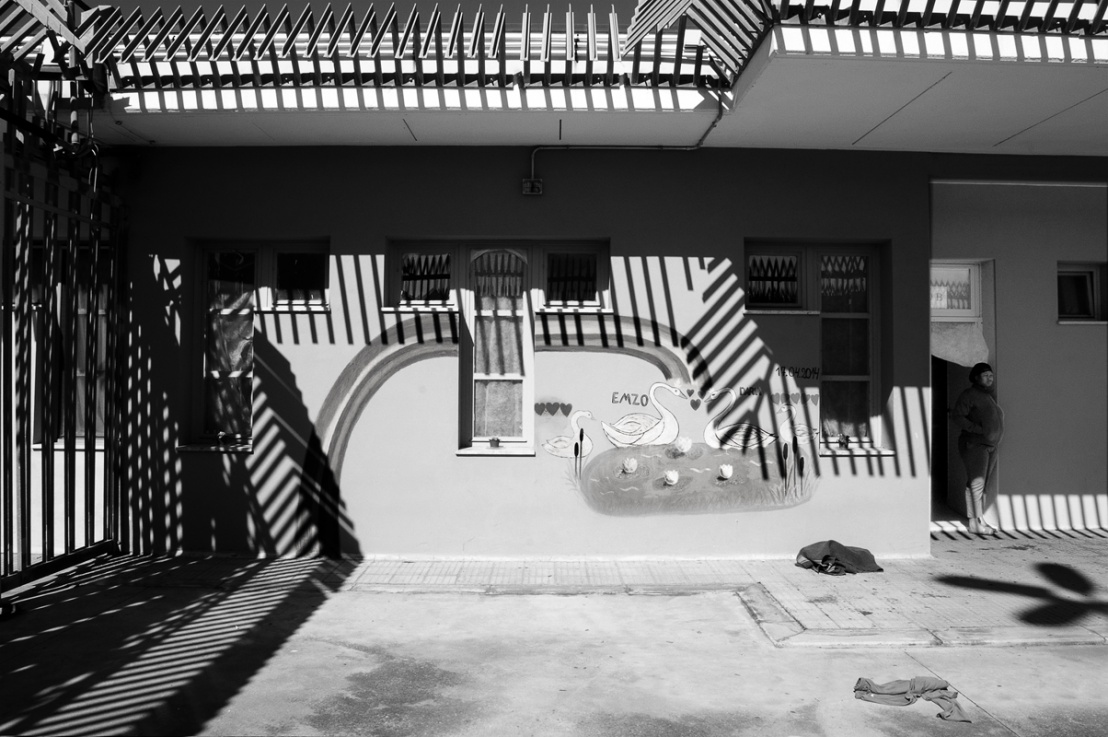Migrations and Energy
While energy may primarily lead to think about environmental issues, I address the topic from a humanistic point of view privileging the sustainability of human relations across cultures and the energy of creativity in supporting social equity and justice. Migrations are the perfect example, both in historical and geographical perspective, of “human energy” on the move, leading to the combination, and often collision, of diverse lived experiences and resources, in terms of culture, language, education, religion, race, class, gender, sexuality, worldviews and customs in general. Because of the multiple abilities that they bring with them, migrants often strengthen any given society, but they also provoke a great deal of backlash and nativist sentiments, which manifest themselves not just in public opinion, but in legal and institutional settings.
Event Detail: Photographic Exhibition
The main event of the year is a Photographic Exhibition by award-winning Italian photographer Mario Badagliacca entitled “Letters from CIE” featuring a series of 31 pictures of migrants of different backgrounds detained in Centers for Identification and Expulsion in Italy. Here human energy becomes unrealized and stifled as the migrants’ potential is atrophized.
The Exhibit will be hosted in the Library in the 24/7 Study Area just outside Library Administration. At the Opening in the Fall, Mr. Badagliacca will be available via Skype for a conversation about his work.
During the course of the Exhibition, students in various courses will be asked to pay close attention to the pictures, to select specific ones for analysis and to experiment with similar rhetorical strategies used by the photographer to convey his message.
Notes from the photographer:
“Letters from CIE” is part of a bigger visual project about the Identification and Expulsion Centers in Italy. Italy, and other European countries, are responsible for serious violations of human rights with the detention and forced deportation of thousands of migrants. The Identification and Expulsion Centers (CIEs) are deplorable examples of the contradictions of the Italian and European laws on migration. It is extremely hard to explain and justify the existence of CIEs. These are not regular prisons and detainees are not regular prisoners. Although foreign nationals are detained within CIEs under the status of “guests,” their stay in these poorly built structures corresponds to a de facto detention, as they are deprived of their freedom and subjected to a regime of abuse and coercion. Despite not being actually labeled as prisons, the Centers very often resemble prisons, with distinctive features, from their impenetrable nature to barbed wire fences, barking dogs and militarized personnel; making them off limits to Italian civil society, journalists and families of the detainees, who are left alone and in deep distress. The typology of the individuals detained varies, and the length of the detention can extend up to eighteen months. Often the detainees are migrants who have been living in Italy for many years, along with their families, and whose children were born in the country. If they lose their job, upon which their legal status in Italy is based, they cannot renew their residence permit, and if stopped by the police, they are detained in the CIEs and repatriated to their country of origin. The number of families divided by this mechanism is horribly high. Potential asylum seekers are also detained when they fail to ask for political asylum or if they make a mistake in their applications. On the other side of the spectrum, former prison inmates after serving a sentence are also sent to the Centers for what is in essence an illegal extension of their sentence.
It was very difficult to work on this project since journalists and activists could not access the Centers until two years ago. When I was finally granted access, I was under strict and constant supervision. It felt as if I had just stepped into a non-country, a painful limbo where human rights are suspended and violence rules. The CIEs disoriented me. The people held are lost in confusion, pain and fear. At the same time, it is very hard for the lawyers to work for the detainees because Italian law on migration doesn’t give them juridical tools to defend the migrants and avoid their expulsion.
For more information about this exhibition and the pictures featured, please visit: Mario Badagliacca's Website
Photographer Bio:
Mario Badagliacca was born in Palermo in 1980. He graduated in Politics and International Relations from the University of Naples “L’Orientale.” During his studies in Naples he worked with several non-profit organizations. He graduated in photo reportage and photojournalism in Rome, where he is now based. Focused on local realities and social issues, he is currently working on long-term projects on migrants’ and migrant communities’ daily practices and adjustments within the migration process. He collaborates with several universities (such as St. Andrews University, University of Oxford, L’Orientale of Naples) and his photographs have been published in national and international magazines and newspapers.
Event Details:
Dates: November 18, 2015
to May 20, 2016
Location: 24/7 Study Area
Faculty Leader: Clarissa Clò
Associate Professor of Italian, Department of European Studies
Courses taught by Professor Clò in Fall 2015
In my courses I discuss the “cultural and creative energy” generated by Italian migrations in the US and by contemporary immigration into Italy. I also encourage students to compare these migration to others taking place in our border region and in their lives.
Course: HON 313 | Italian Migrations in Literature, Film and Popular Culture
Date: Fall 2015
Time: 2-3:15
Location: EBA 251
Course: Ital 422 | Issues in Italian Studies;
Date: Fall 2015
Time: 11-12:15
Location: PSFA 413
Course: Ital 426 | Italian American Culture (GE and cultural diversity);
Date: Fall 2015
Time: 4-6:40 pm
Location: SH 216



